Sustainable Furniture Maintenance Guide
Foundations of Sustainable Care
Think Lifecycle, Not Quick Fixes
Approach every task by asking how it affects the piece over years, not days. Prefer reversible methods, document what you do with dates and products, and avoid shortcuts that trap dirt or stress joints. Sustainable care is about steady attention and respectful decisions.
Small Habits, Big Impact
Use coasters, rotate cushions, lift rather than drag, and dust with a slightly damp microfiber cloth. Avoid harsh chemicals that strip finishes and shorten service life. These tiny, consistent choices prevent damage, reduce waste, and keep the original materials working hard for you.
An Heirloom Anecdote
A reader rescued a maple table destined for landfill, committing to weekly dusting and monthly beeswax conditioning. Years later, the patina glows and the family gathers there for every celebration. Share your own revival story in the comments and inspire someone’s next save.
Reach for pH-balanced, biodegradable cleaners formulated for wood, metal, or textiles. Test in an inconspicuous area, and use the least aggressive option that gets results. You’ll preserve finishes longer, reduce indoor pollutants, and keep maintenance affordable and simple.
Eco-Friendly Cleaning and Conditioning
Water is a tool, not a soak. Lightly damp microfiber lifts dust without pushing grit into the finish. Immediately dry surfaces to prevent swelling, staining, or veneer lift. This method protects joinery, reduces chemical dependence, and keeps a natural luster alive.
Eco-Friendly Cleaning and Conditioning
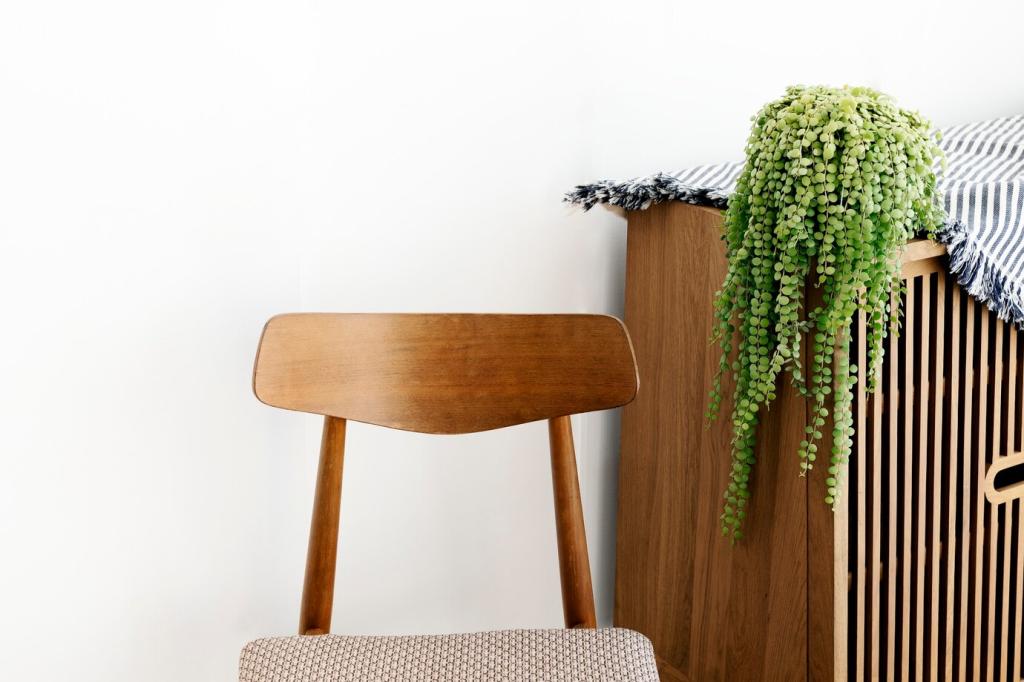
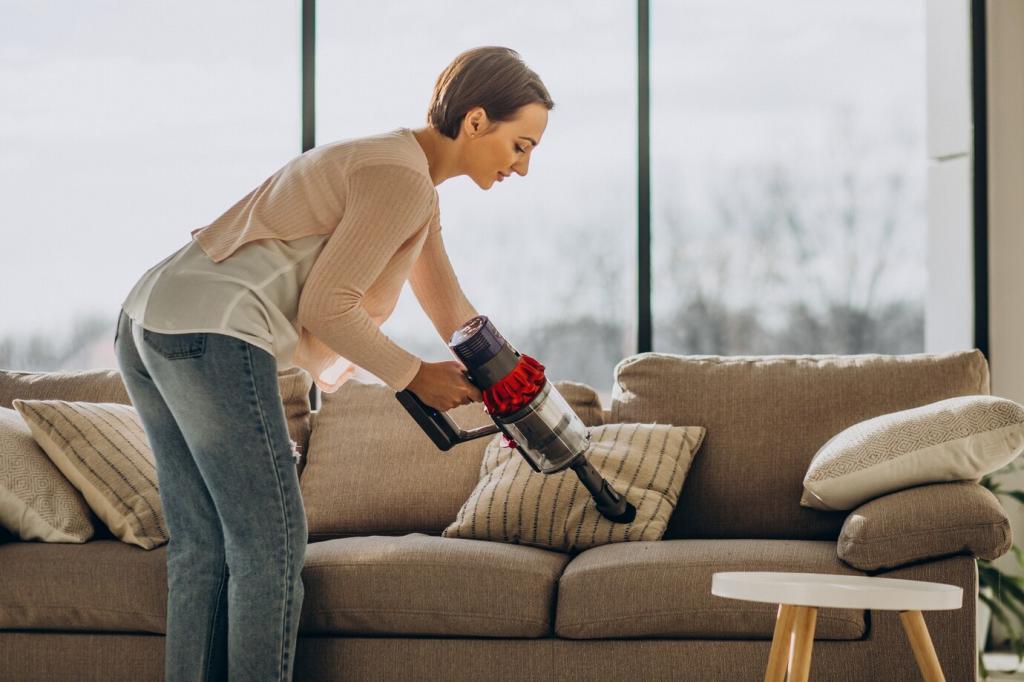
Repair, Don’t Replace
Minor scratches often yield to walnut rubs, color-matched wax fillers, or careful blending with shellac sticks. Start conservatively and layer slowly. The goal is honest restoration, not erasing history. Comment with your toughest blemish and we’ll suggest a gentle, reversible approach.
Repair, Don’t Replace
Loose joints call for cleanup, dry-fitting, and quality wood glue, never messy overfastening. Clamp with even pressure and allow full cure. Reinforce original joinery rather than replacing it. This preserves character, strength, and future repairability so the piece remains truly sustainable.
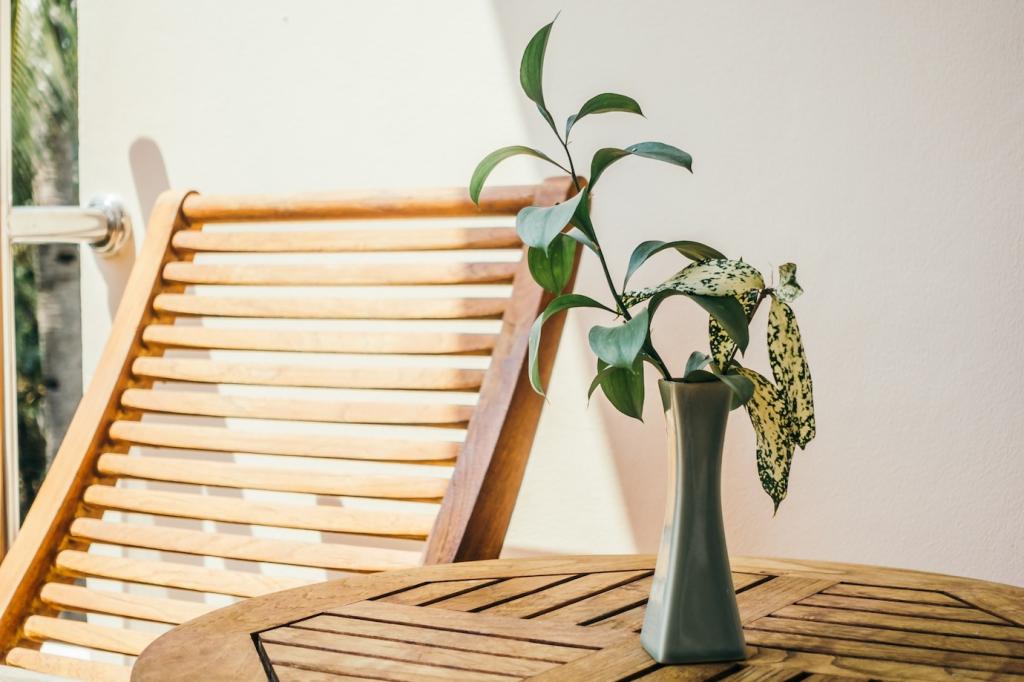
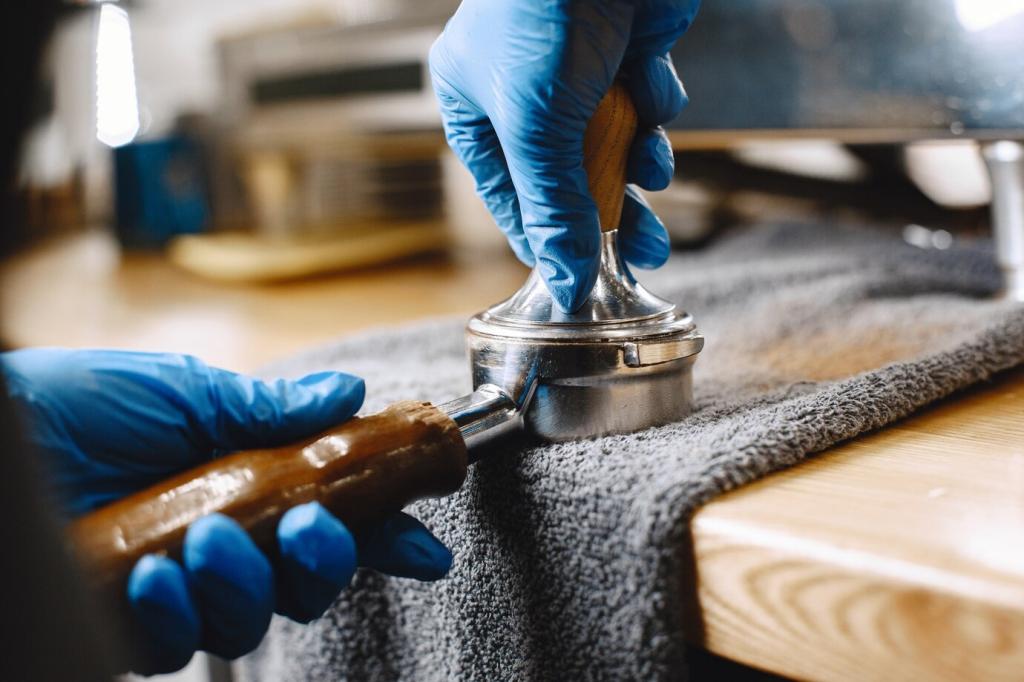
Caring for Different Materials
Dust in the direction of the grain, avoid saturated cloths, and keep heat sources at a respectful distance. For veneer, be especially cautious with moisture and lifting edges. A gentle adhesive and light clamping can save a bubbling patch without invasive resurfacing.
Caring for Different Materials
Use mild cleaners and non-scratch pads for steel or brass. Avoid ammonia on lacquered metals. Always remove or mask adjacent wood and finish surfaces before polishing hardware. Restored hardware often revives the entire piece’s look with minimal materials and environmental impact.
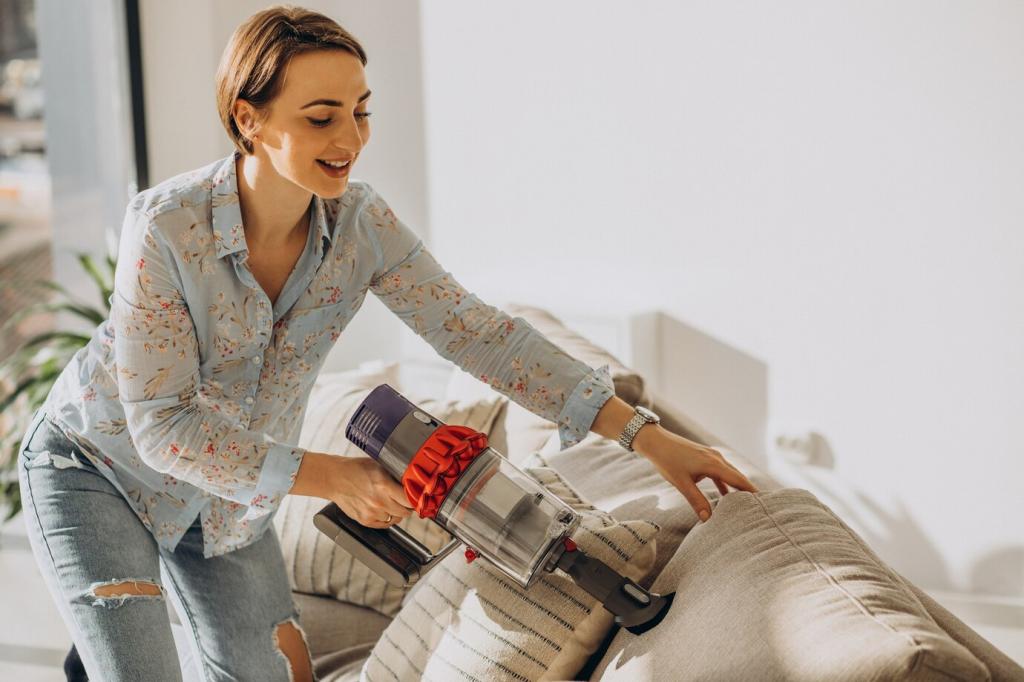
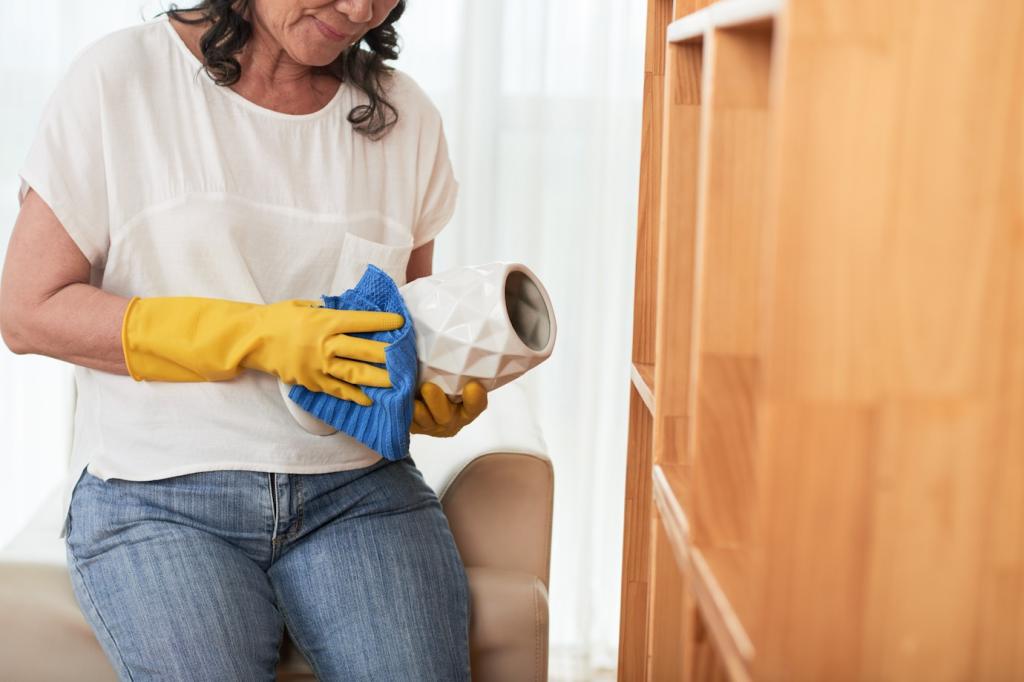
Environment Matters: Light, Humidity, and Placement
Wood thrives around 40–55% relative humidity with stable temperatures. Use a hygrometer and adjust with humidifiers or ventilation. Fluctuations cause warping, cracks, and sticking drawers. Consistency is greener than constant repair because it preserves materials and saves energy over time.
Environment Matters: Light, Humidity, and Placement
Diffuse direct sun with curtains or UV-filter films to prevent bleaching and finish degradation. Rotate pieces periodically so color changes stay even. A little planning preserves tone, reduces refinishing frequency, and keeps those subtle wood hues alive for years.
Finishes That Respect Your Home and Earth
Understanding Finish Types
Oil and wax finishes are repairable and low sheen; waterborne finishes reduce VOCs; hardwax oils balance durability and warmth. Know what’s on your piece before touching it. When unsure, consult maker notes, test discreetly, or ask in the comments for guidance.
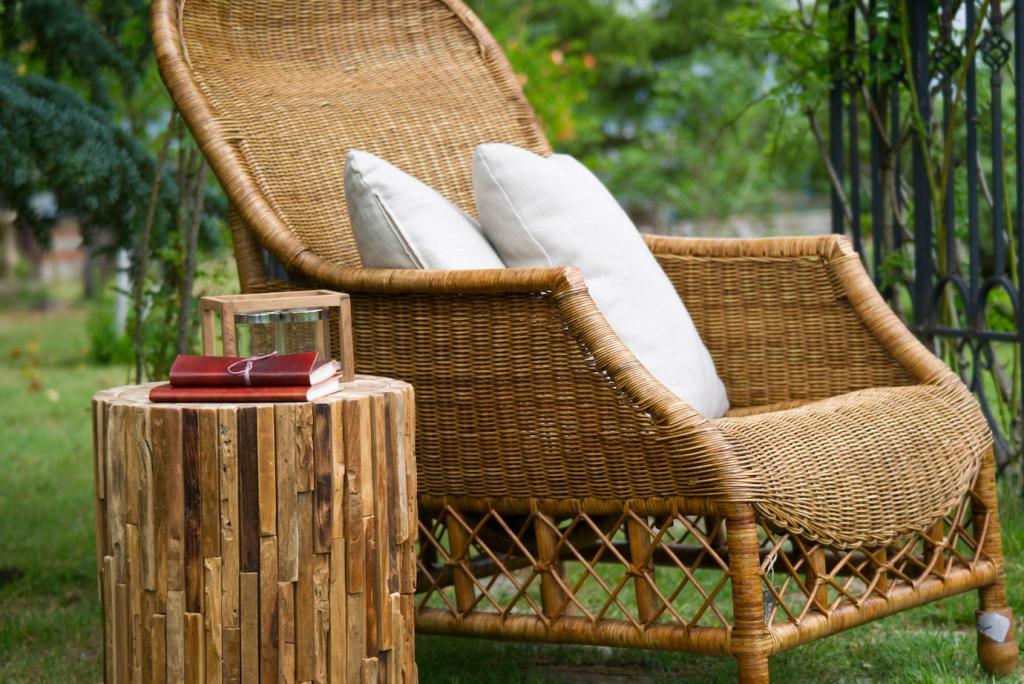
Create Your Sustainable Care Routine
Monthly and Seasonal Tasks
Dust, spot check joints, and rotate textiles monthly. Seasonally, assess humidity, condition finishes, and inspect sunlight exposure. Short, scheduled sessions prevent big projects later. Share your checklist template, and we’ll feature community routines in our next sustainability roundup.
A Simple Maintenance Kit
Assemble microfiber cloths, gentle cleaner, low-VOC oil or wax, felt pads, wood glue, clamps, and a hygrometer. Keeping tools together encourages timely care and avoids impulse purchases. Tell us what lives in your kit so newcomers can start confidently and affordably.
Track, Share, Learn
Keep a care log with dates, products, and observations. Patterns reveal what truly works for your climate and materials. Post your insights, subscribe for future guides, and help shape a community library of sustainable furniture maintenance wisdom for every home.
